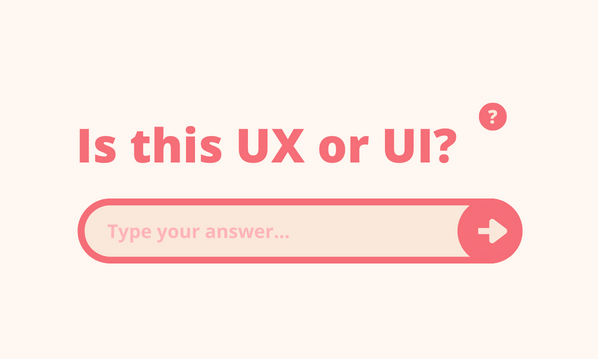
User experience (UX) is a key part of your customer service offering. If your website offers poor user experience, for instance with confusing navigation, an unattractive layout or a lengthy and unintuitive process for completing a task, visitors will be frustrated.
The most likely result, of course, is that they’ll leave your site – and perhaps go to a competitor.
What are the key considerations in UX?
Your content needs to be concise – no walls of waffle or irrelevant details – and divided into common-sense sections and sub-sections. Key content should be placed ‘above the fold’ (at the top of the page) so users don’t have to scroll down to find it.
Make sure that users can find their way around (navigate) easily, and that they can get back to the previous page or home page if they take a wrong turn.
The design of your pages should be attractive, simple and easy to read – no unreadable stylised fonts, unhelpfully small font sizes or strange text and background colour combinations.
For carrying out tasks such as filling in a form or paying for a purchase, clear and reassuring step-by-step instructions should be provided. Make sure as well that if users are submitting personal data – especially payment details – that the submission process is secure, and that the site makes this clear.
Make sure your site is accessible for disabled visitors. For example, dyslexic, colour-blind or visually-impaired visitors may want to change colours, fonts or text size while viewing your site. Using certain style sheets during build can prevent this.
For an increasing number of users, it’s also important to make sure your website can be viewed on mobile devices. Visitors on the move are even less inclined to spend time digging around for the information they want, and the smaller screen size can make it difficult to spot small or hidden buttons.
Finally, giving good user experience is all about knowing what your users want and need. A feedback form or short satisfaction survey on your site reassures users that you’re listening to them, and could deliver valuable info for future UX changes.





